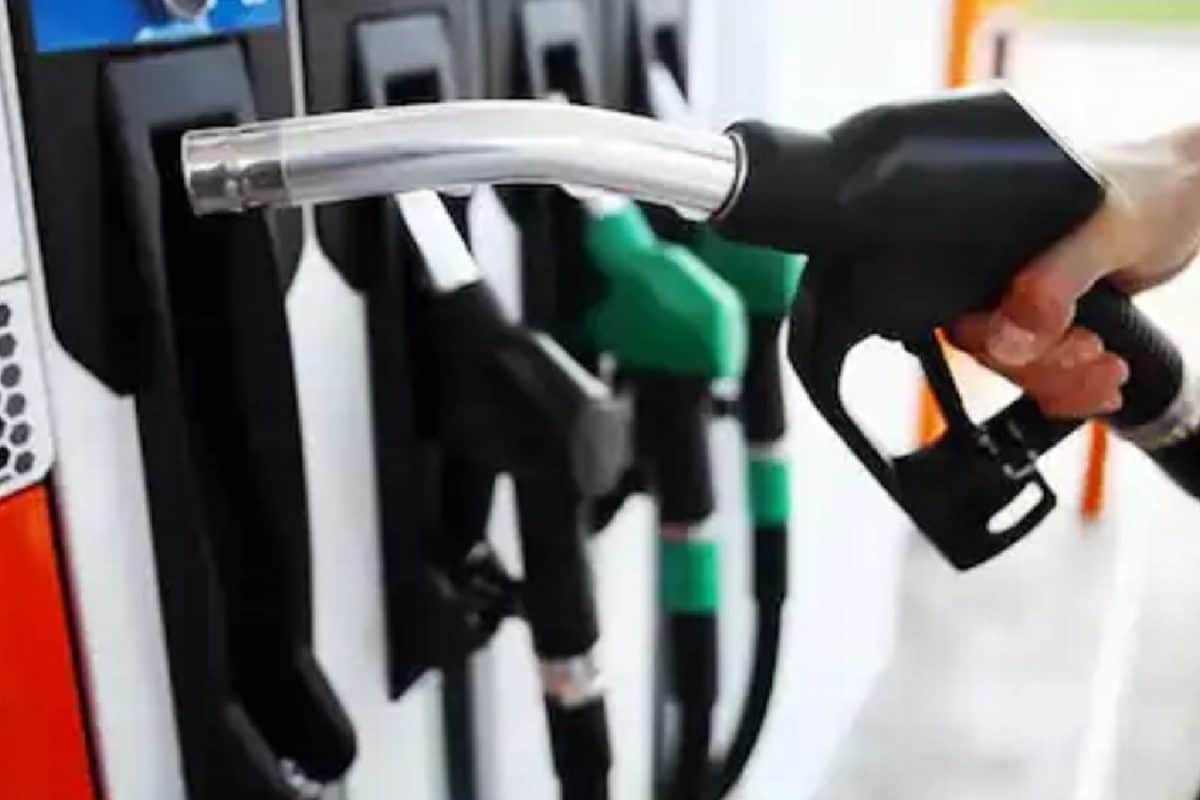As of July 28, 2025, petrol and diesel prices are being updated daily across various cities in India, a practice known as dynamic fuel pricing. This system, introduced in June 2017, aims to enhance transparency and curb speculative practices by allowing prices to fluctuate based on market conditions. Several factors influence these prices, including Brent crude oil prices, the rupee-to-US dollar exchange rate, geopolitical risks, and supply-chain issues.
Current Prices in Major Cities
While prices can vary slightly depending on the source and the time of day, here’s an overview of petrol and diesel rates in some major Indian cities as of July 28, 2025:
- Mumbai: Diesel is priced at ₹92.15 per litre, showing no change from the previous day or the start of the month.
- Shillong: Petrol costs ₹96.36 per litre, also remaining unchanged.
- Lucknow: Diesel is retailing at ₹87.76 per litre, with no fluctuation observed over the past month.
- Bhubaneswar: Petrol is priced at Rs 101.28 per litre and diesel at Rs 92.19 per litre.
- Hyderabad: Petrol is selling at Rs 107.41 per litre, a figure that has remained constant over the last 10 days.
- Nagaland: Petrol is at ₹98.17 per litre, a slight decrease from ₹98.32 at the beginning of the month.
- Silvassa: Diesel is retailing at Rs 88.00 per litre, with no change on July 28, 2025.
It is important to note that Srinagar currently has the lowest diesel and petrol prices, while Bhubaneshwar and Patna have the highest diesel and petrol prices respectively.
Factors Influencing Fuel Prices
Several global and domestic factors play a crucial role in determining the daily petrol and diesel prices:
- Crude Oil Prices: Fluctuations in international crude oil prices directly impact fuel costs in India. Recent trends show that despite a decline in global oil prices due to trade tensions, domestic fuel prices in some regions are set to rise slightly.
- Exchange Rate: The rupee-to-US dollar exchange rate is another critical determinant. A weaker rupee increases the cost of importing crude oil, leading to higher fuel prices.
- Geopolitical Risks: Events like wars and geopolitical instability can disrupt supply chains and cause market disequilibrium, affecting fuel prices.
- Supply and Demand: The demand for fuel and the efficiency of supply chains also influence pricing. Disruptions in supply or increased demand can lead to price hikes.
- Government Policies: Taxes and duties levied by the government constitute a significant portion of the retail price of petrol and diesel. Changes in these taxes can directly impact what consumers pay at the pump. As of September 2024, fuel duty in the UK was set at 52.95p per litre, with VAT at 20%.
Impact of Fuel Prices
Rising fuel prices have a cascading effect on the economy:
- Transportation Costs: The majority of commercial vehicles rely on diesel, so an increase in diesel prices directly impacts transportation costs.
- Commodity Prices: Higher transportation costs lead to an increase in the prices of essential commodities, affecting the overall cost of living.
- Inflation: Rising fuel prices contribute to inflationary pressures in the economy.
- Monetary Policy: To manage inflation, the Reserve Bank of India (RBI) may adjust interest rates, which can impact borrowing costs.
Transparency and Accessing Information
The dynamic fuel pricing mechanism is designed to bring transparency to the market. Consumers can stay informed about daily price changes through various channels:
- Mobile Apps: Oil marketing companies like Indian Oil, Bharat Petroleum, and Hindustan Petroleum offer mobile apps such as Fuel@IOC, Smart Drive (BPCL), and My HPCL, respectively, for real-time price updates.
- SMS Services: Consumers can check prices by sending an SMS to 92249 92249 with the dealer code of the petrol pump.
- Online Platforms: Websites and online platforms provide daily updates on petrol and diesel prices in different cities.

